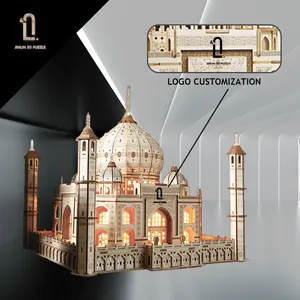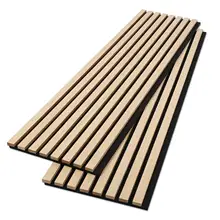Understanding the Craft of Architectural Scale Model Making
Architectural scale model making is a meticulous and detailed craft that plays a crucial role in the visualization and planning of architectural projects. These models serve as a tangible representation of buildings, landscapes, and urban scenarios, allowing architects, clients, and the public to conceptualize and engage with a design in three dimensions.
The Intricacies of Scale Model Creation
The process of creating an architectural scale model involves various stages, from conceptualization to the final assembly. Expert model makers use a variety of materials, such as wood, foam, plastic, and metal, to construct accurate and detailed models. The choice of material often depends on the purpose of the model – whether it is for a client presentation, a study model, or a display piece.
Types and Applications of Scale Models
There are several types of scale models, each serving a specific purpose. A site model displays the proposed structure in context with its surroundings, while a detailed model focuses on the intricacies of the building's design. Section models cut through the structure, offering an inside view of the interior layout and design. These models are not only tools for architects but also serve as invaluable aids in exhibitions and real estate marketing.
Features and Advantages of Architectural Models
An architectural scale model brings numerous advantages to the design process. It provides a clear and immediate understanding of spatial relationships and scale, which can be difficult to grasp in digital renderings. Moreover, physical models facilitate communication with clients and stakeholders who may not be familiar with reading architectural drawings.
Choosing the Right Model Maker
Selecting a skilled architectural scale model maker is essential for achieving a high-quality representation of the proposed design. A proficient maker will have a keen eye for detail and a deep understanding of architectural principles, ensuring that the model accurately reflects the intended design.
Conclusion
In conclusion, the art of architectural scale model making is a vital component in the field of architecture and construction. It bridges the gap between conceptual design and reality, providing a physical manifestation of creative vision. For those seeking to bring their architectural concepts to life, a well-crafted model can be an invaluable resource.










































 浙公网安备 33010002000092号
浙公网安备 33010002000092号 浙B2-20120091-4
浙B2-20120091-4